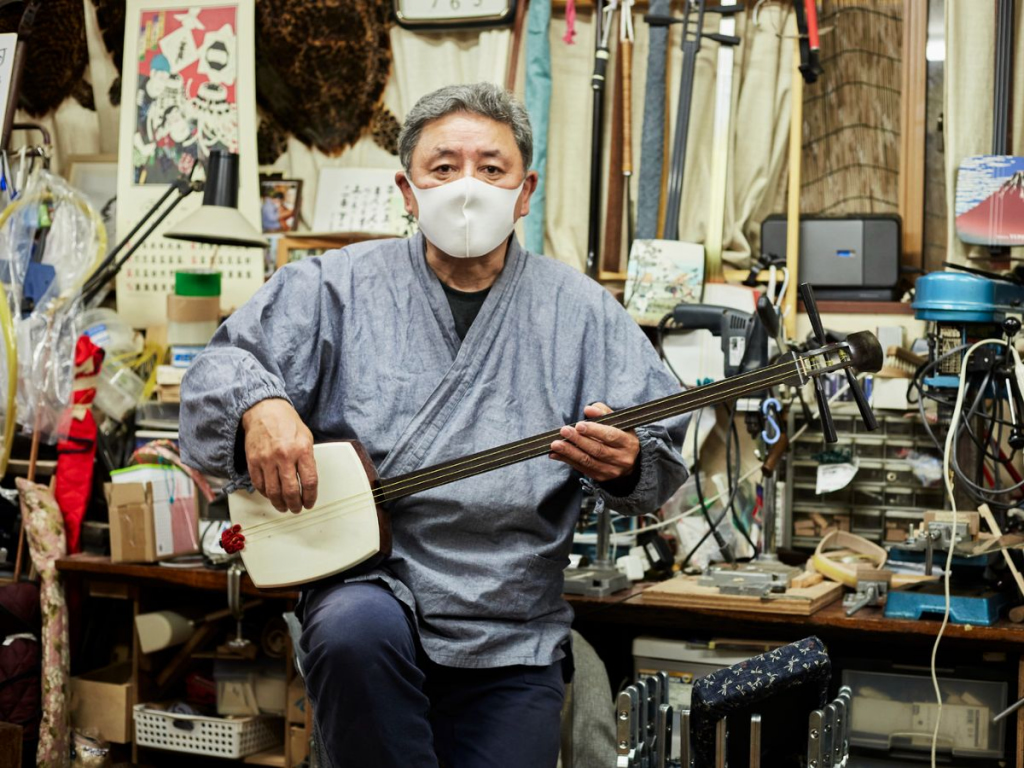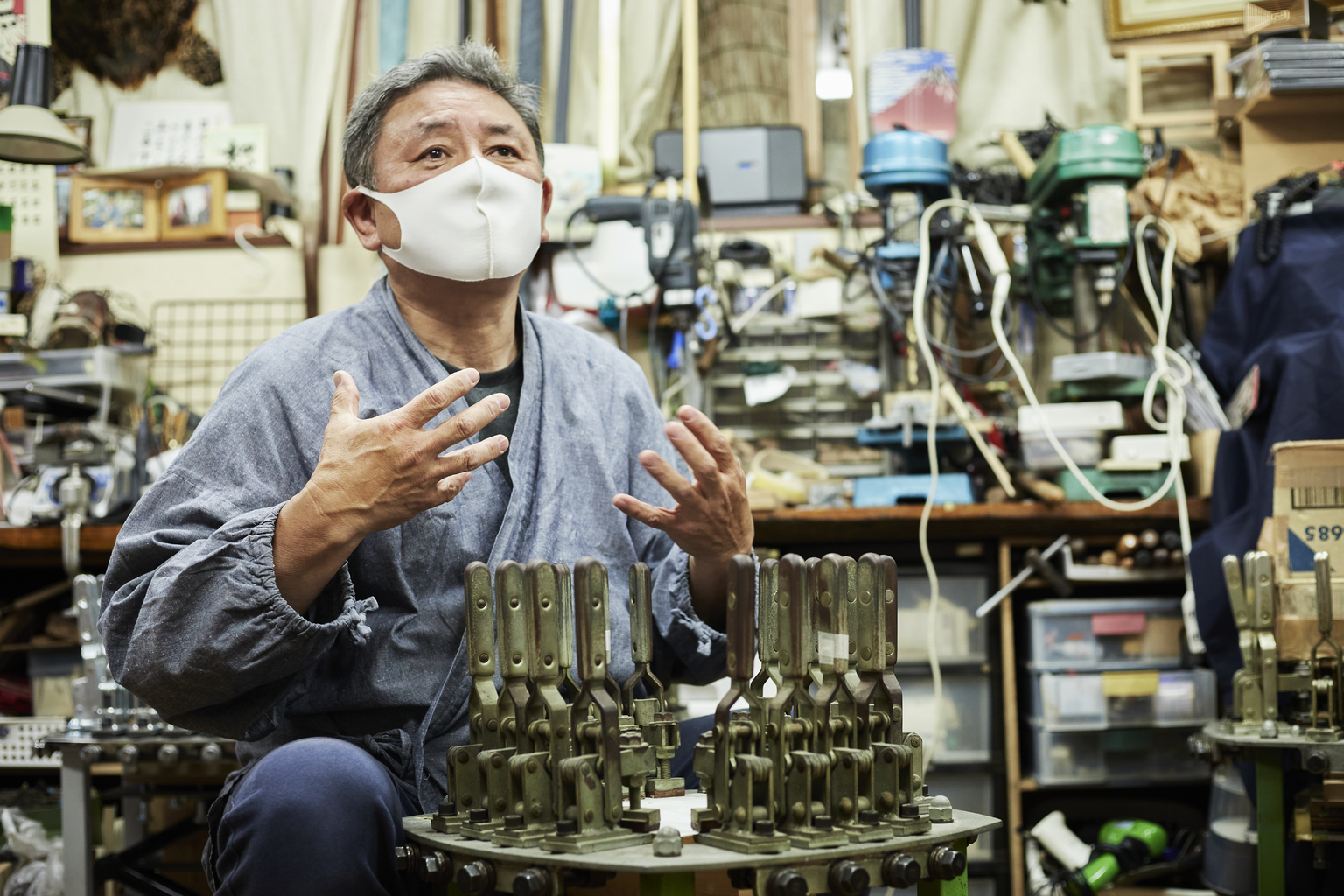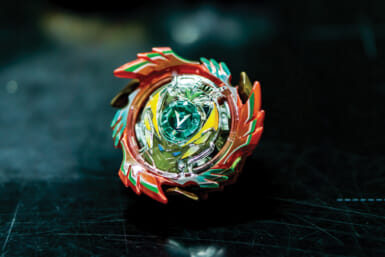Let your mind conjure the image of the stoic sullen craftsman. Furrowed brow, few words, sunk in his world. Kimiaki Kono, a Tokyo shamisen craftsman, takes that image, considers it for a second, and chucks it out the window. To my question about his workday he is nothing short of honest – “I do my best work after I’ve had a couple of cups of sake.” To my next question about why he became a shamisen maker he slyly retorts, “You want the feel-good story, or the real one?”
The shamisen’s ancestors are a Chinese instrument and subsequently the Okinawan sanshin. The instrument can be found all over Japan, but a true Tokyo shamisen is the one made entirely by one crafstperson. There are only five of those in Tokyo, and Kono is one of them. Aside from that, there are just around 50 shops around Tokyo where one can find a shamisen.
Why and How Does a Salaryman Become a Craftsman?
The feel-good story is not necessarily false, it’s just simpler. Kono’s mother owned a rather neglected shamisen which he took to a craftsperson for repairs. That encounter tugged at his heartstrings, sparking a whole career pivot from a dime-a-dozen salaryman to one of Japan’s few remaining shamisen artisans.
Sitting amongst a silent audience of shamisen and one writer in his east Tokyo studio, Kono tells us the longer story. He was already set on escaping the daily salaryman grind when he took his mother’s instrument to the workshop. What piqued his interest was a business opportunity. The traditional three-stringed instrument is predominantly made from red sandalwood native to India, and at the time there was only one importer to Japan. Kimiaki Kono managed to win a global tender and become the second importer.
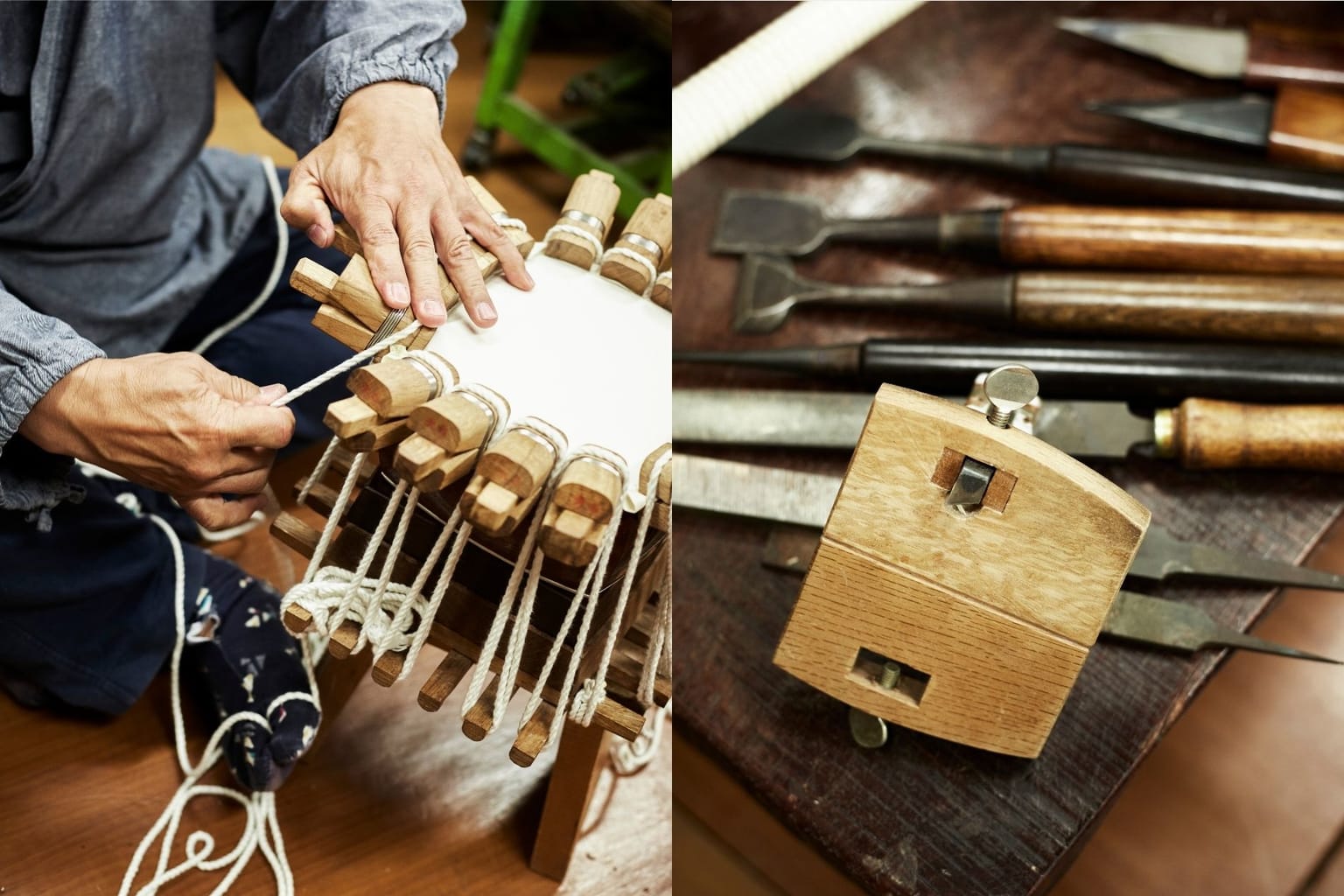
Doing business regularly with shamisen makers, Kono witnessed firsthand the decline of the craft. With sales dwindling and no successors to learn the craft, Kono decided to take it upon himself. Traditional crafts like this are often gatekept, passed on to family members only, but he learned from everyone. “I am no one’s successor, and no one is mine,” he says. “So I’m free to do whatever I want.” It is exactly this creative freedom and his entrepreneurial spirit that made Kono’s Tokyo 2020 shamisen possible.
Mini Shamisen and the Tokyo 2020 Traditional Crafts Collection
Not afraid to think outside the box, Kono created a so-called mini shamisen that he often compares to Hawaii’s ukulele. Unlike the traditional shamisen, his mini version is lighter, cheaper and easy to play. It wasn’t meant for professional use, but for any beginner plucking at the strings for the first time. The ex-salesman has thought of everything – he made the instrument the perfect size for carry-on luggage, to take home as a souvenir from Japan. He also made a shamisen in parts to be easily assembled. “I have no idea why everyone in the 1980s came back from Hawaii to Japan with a ukulele” he says.” But I hope shamisen will be the next big thing.”
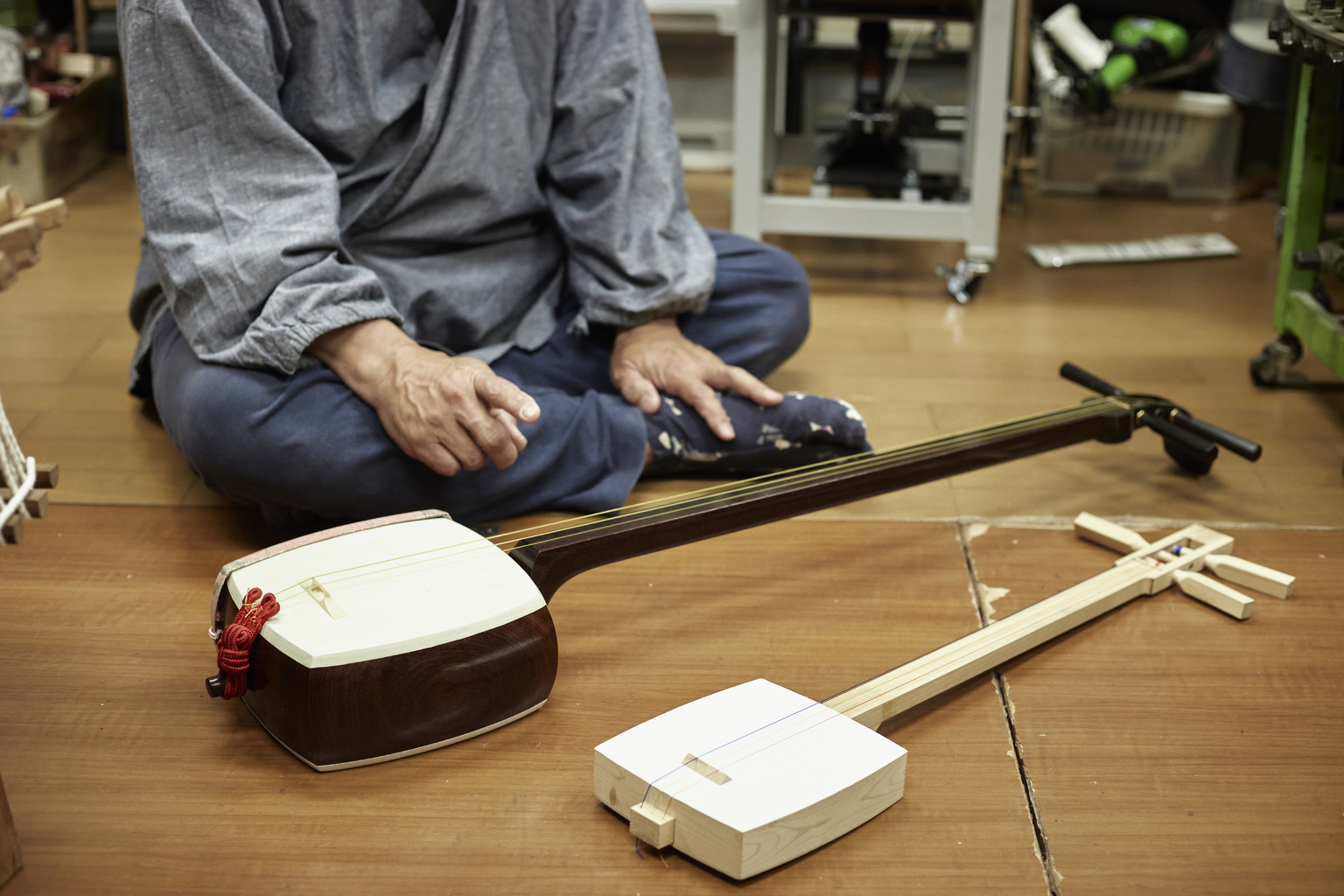
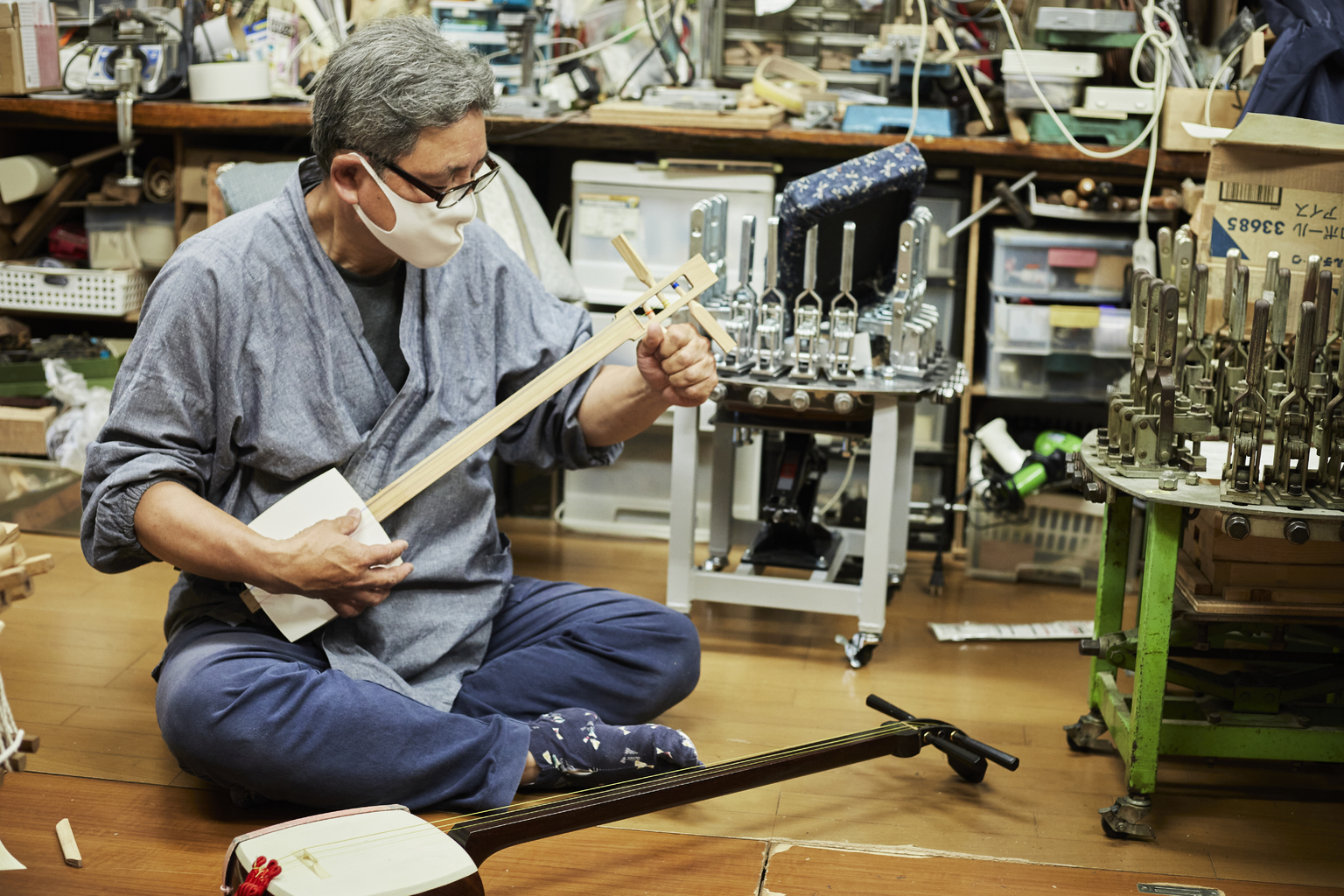
Made from hinoki wood and special washi paper, the mini version is also cruelty-free compared to a traditional instrument made from several animals. In a funny twist, it’s also more Japanese and closer to the instrument’s past, when it was made of cherry and persimmon wood.
Not everyone appreciated Kono’s inventiveness. On the contrary, some of his peers were unhappy with the mini as an inferior cheaper product, calling it a toy. They all had to change their tune, as Kono was swamped with orders for his mini shamisen. “[Customers] were mostly elderly Japanese, who grew up in the war and music was a luxury they didn’t dare enjoy at the time,” he says.
A final redemption for his mini shamisen was being certified to represent Tokyo in the licensed Tokyo 2020 Traditional Crafts Collection. The collection consists of more than 100 items from all 47 Japanese prefectures, all created by some of the country’s most skilled craftspeople. If anything can launch this instrument in the global market, it’s this.
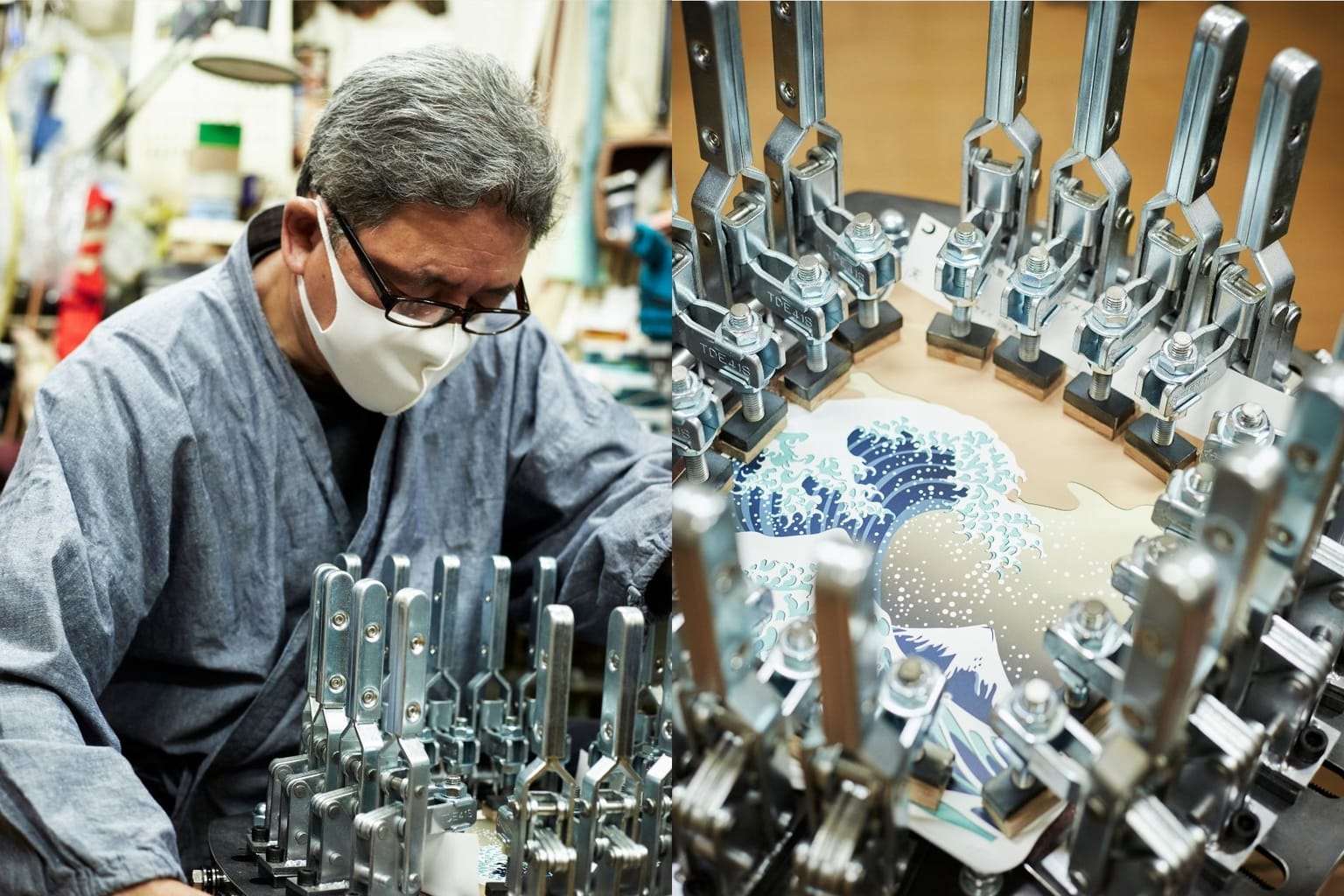
Kono Dreams of the Future
“I wish the word shamisen becomes known around the world like sushi or samurai,” says Kono. He acknowledges that referring to the instrument as a “Japanese guitar” is not doing it justice. In fact, if there is one thing he wants people to know is that the sound of shamisen is different from that of a guitar. “Every handcrafted shamisen has a different sound,” he says, explaining how he stretches the skin or paper. He taps the instrument while making it, listening for every little change. “All you need to become a master is to learn to listen,” he says. “And there’s no better feeling than when a customer tests the instrument and is happy with the sound.”
Marrying tradition with technological progress has been the winning combination for many facets of Japanese culture. Inventing new versions of the instrument and seeing musicians play new music genres on it will help it survive. But Kono admits it’s become a lonely job, and he laments not having students. Past shamisen makers have kept the craft away from outsiders, foreigners and women. But Kono, originally an outsider himself, says he will accept anyone as a student. If he had to choose, he says he would love to have a female successor. He has never met a woman shamisen maker and he wants that to change.
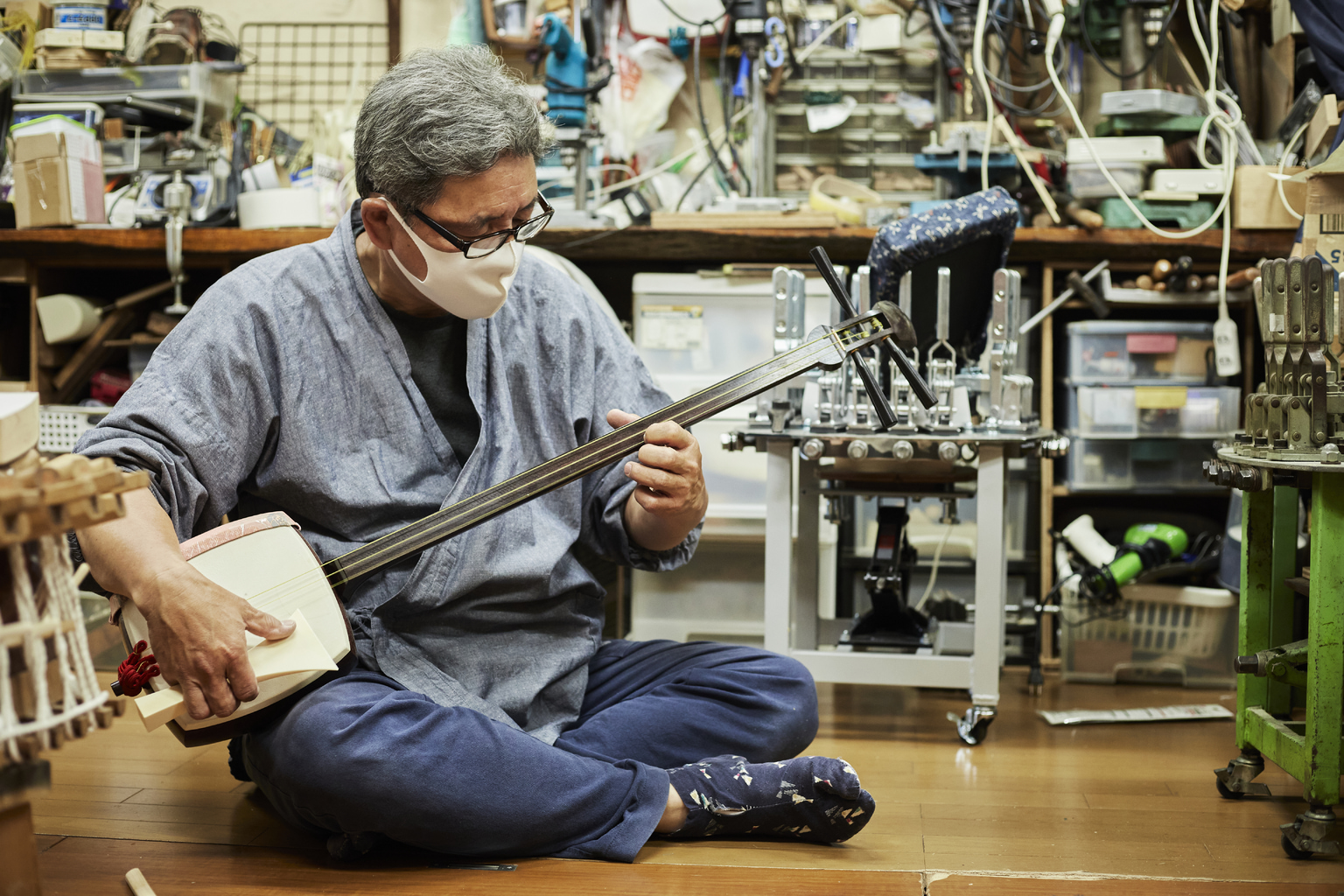
Before we leave his studio, he teaches us how to play the “Sakura, Sakura” song on one of his mini shamisen. “I’ll be happy if you tell everyone it’s easy to play,” he said. So, here we are and now you know.
Photos by Ryoko Ogawa

